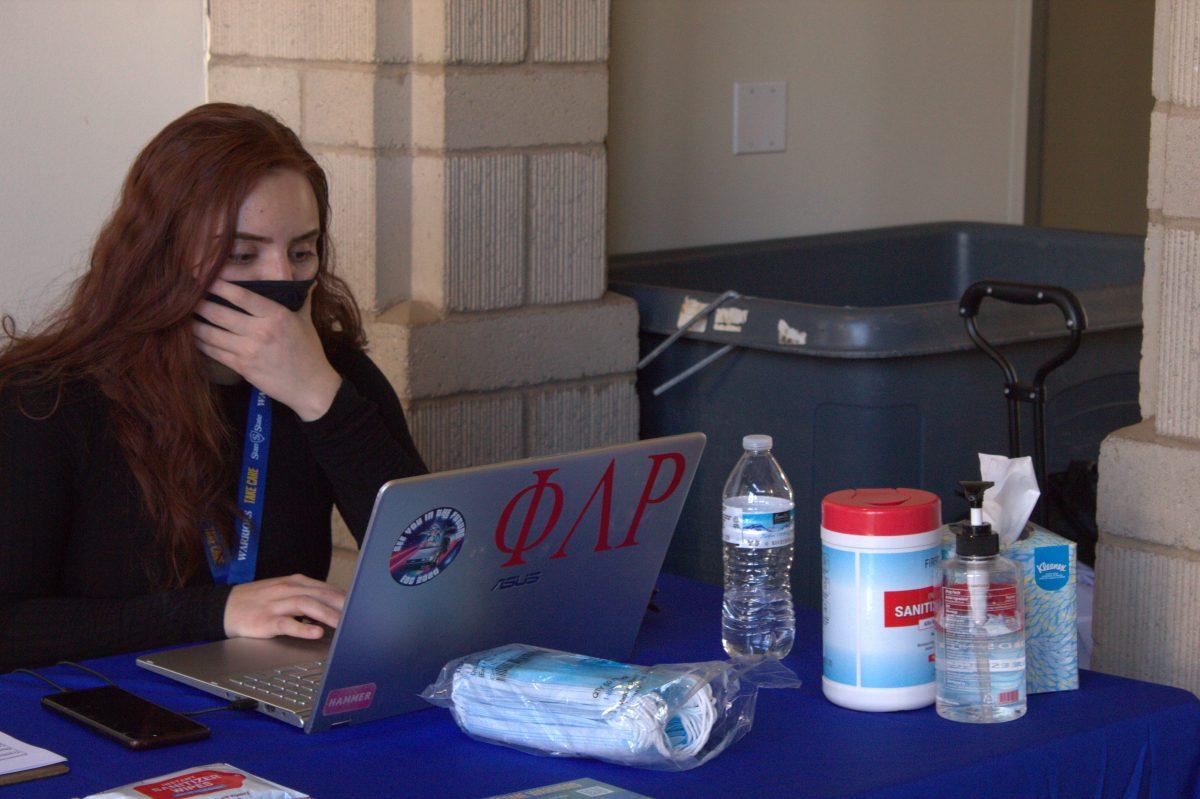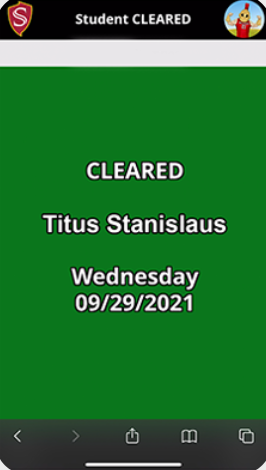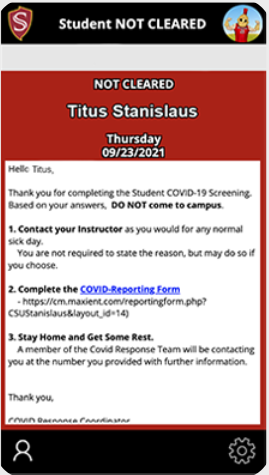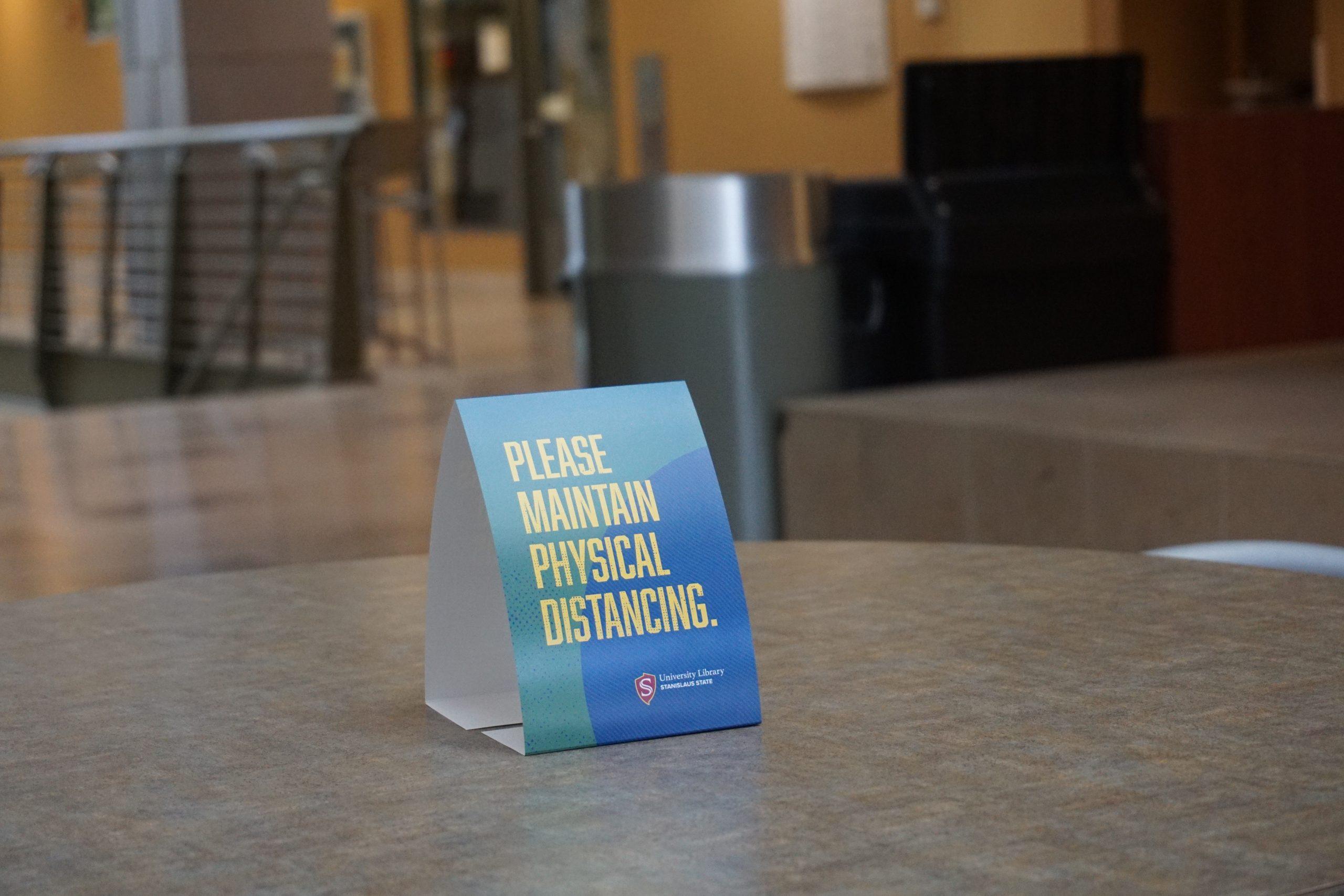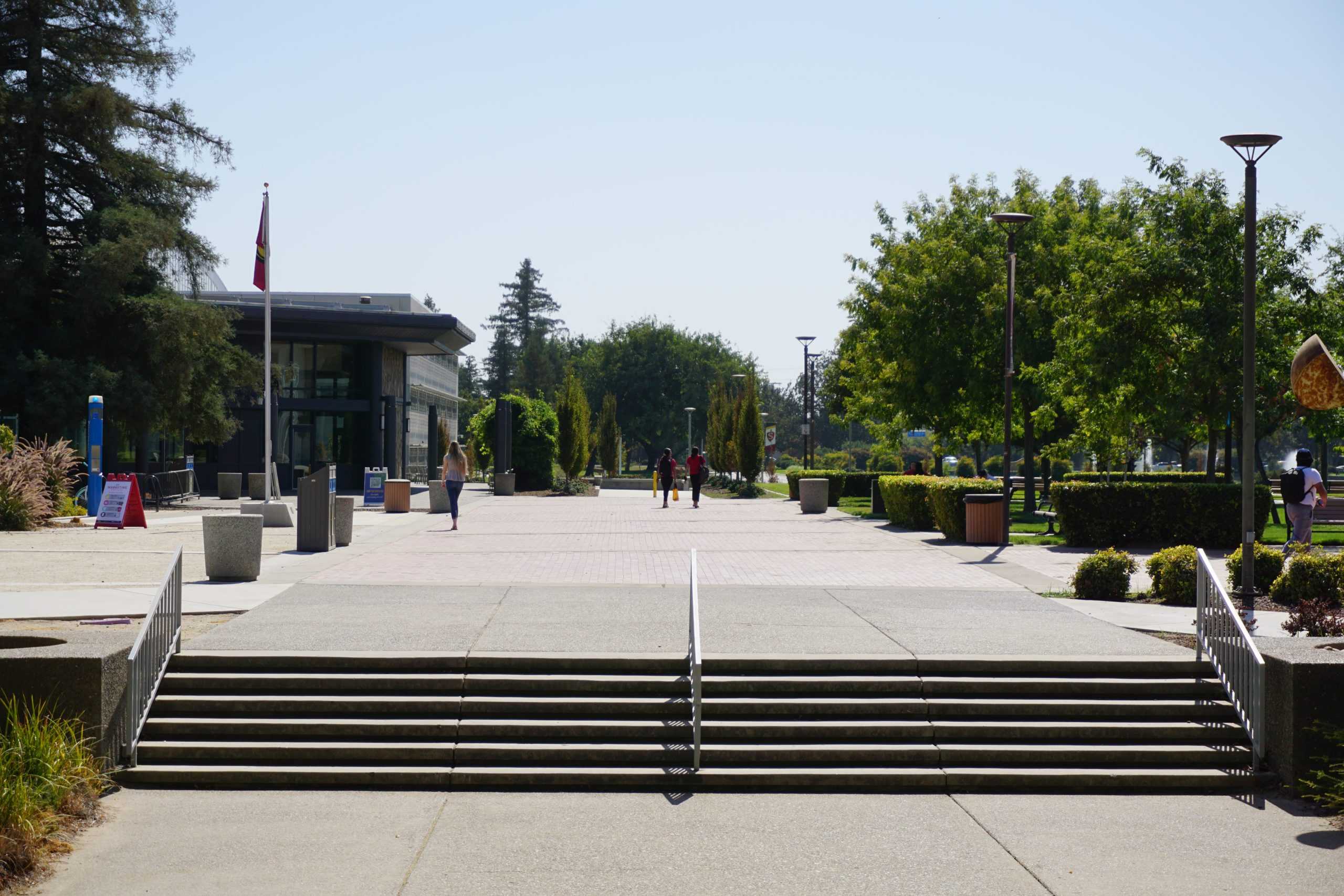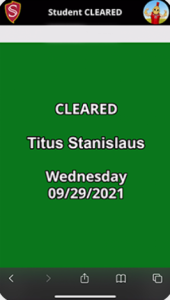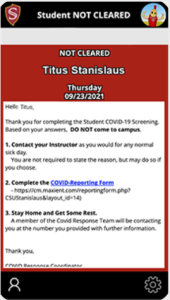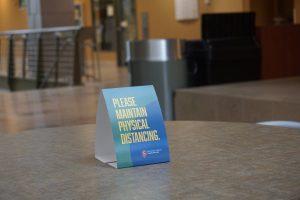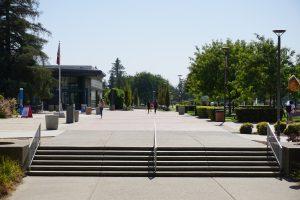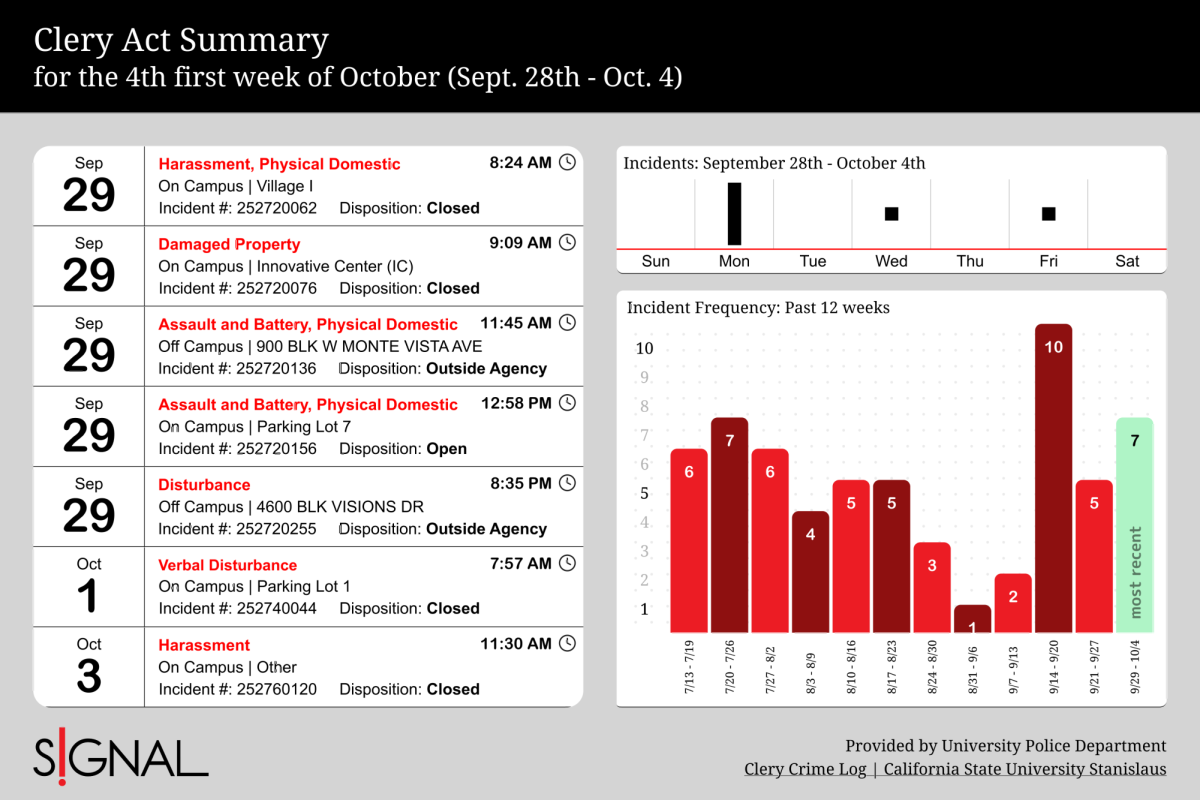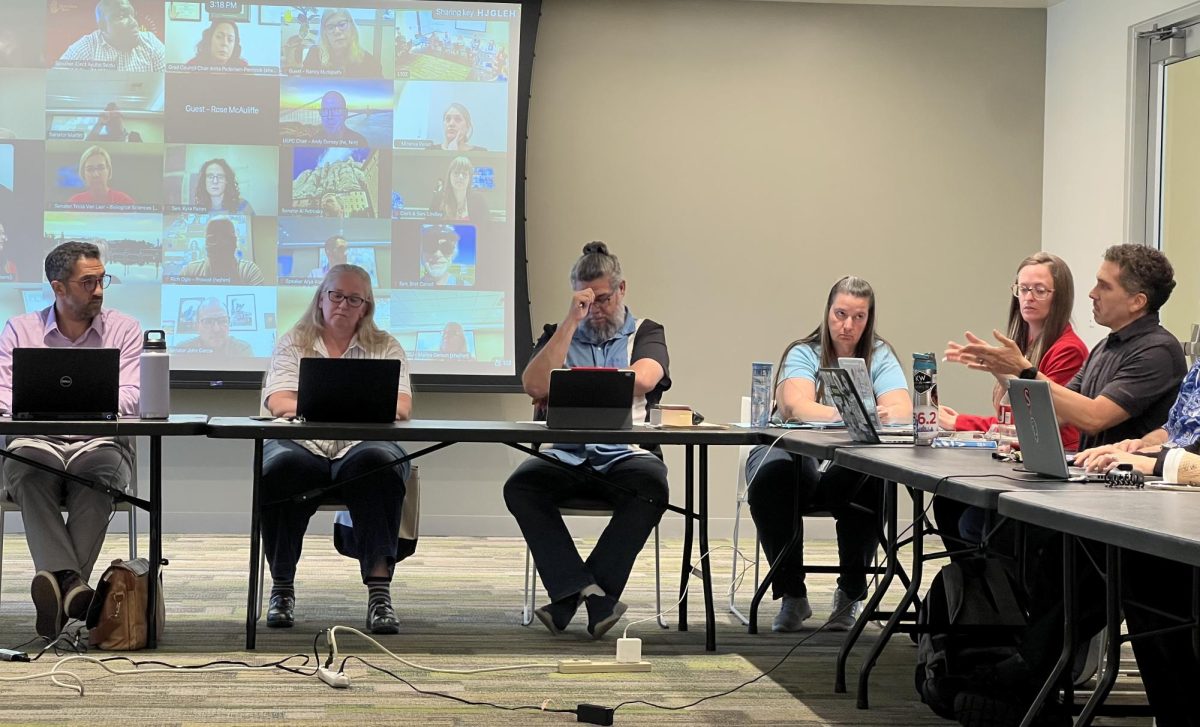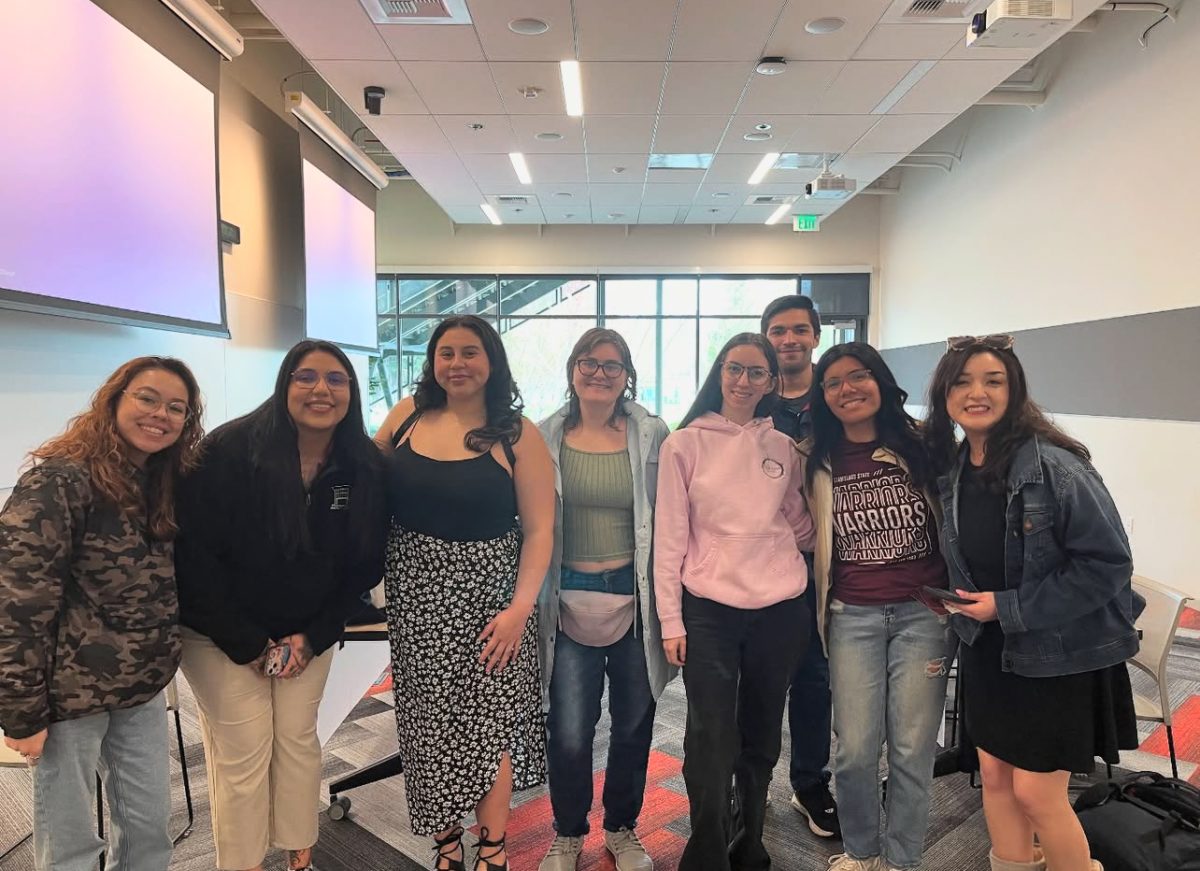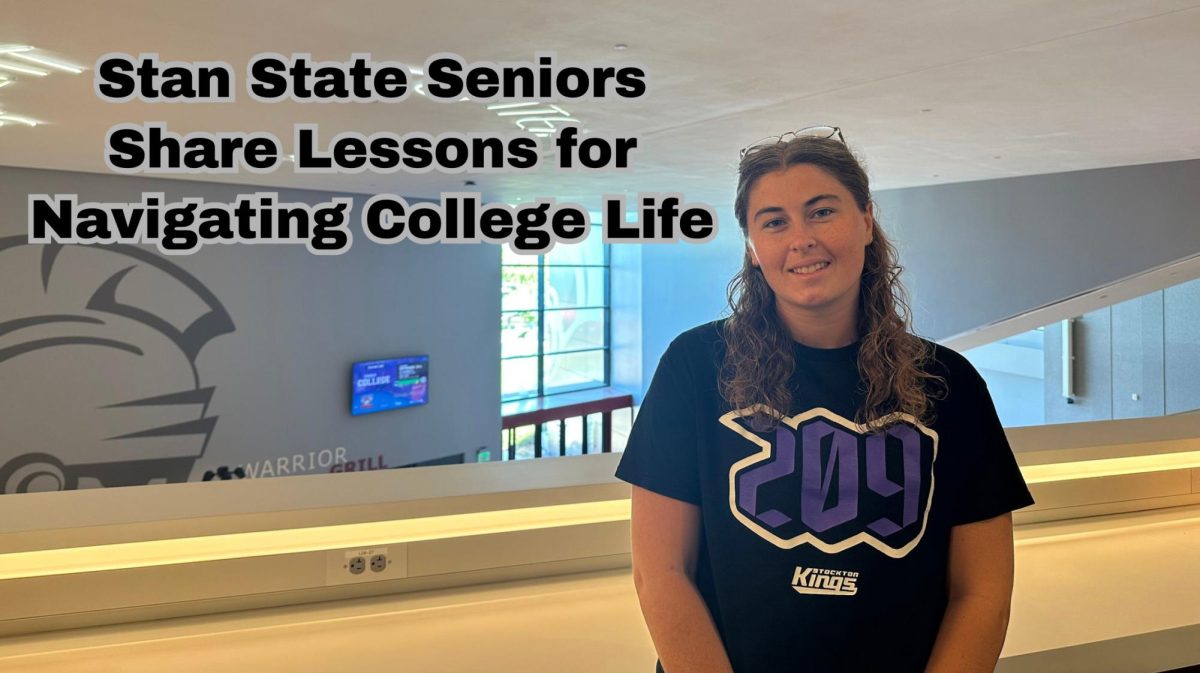As Stanislaus State transitions to in-person learning for the first time since spring break of 2020, concerns over safety have come to light regarding new Covid-19 protocols’ impact on faculty and students.
These new protocols include having faculty check and verify their students’ smartphones before they enter the classroom to see if they show a red or green screen. This screen indicates whether students are cleared to be on campus based upon their Covid-19 self-screening questionnaire and vaccination/exemption status.
Many individual faculty members and members of CSU Stanislaus’ chapter of the statewide faculty union, the California Faculty Association (CFA), have voiced concerns. They feel as though the Stanislaus State administration has dumped the responsibility of checking students’ self-screening on faculty.
Dr. Steven Filling, the Chair of Faculty Rights Committee of CFA and Accounting professor for 27 years at Stan State, said in an interview with The Signal that he and other faculty members were frustrated with the administration’s recent decisions choosing to have faculty members be the enforcement of university Covid-19 policy.
“It puts us into a bad role, and it’s just inefficient,” Filling said. “Instantly, the first thought that pops up into a faculty member’s head is, ‘I don’t want to be a cop.’”
Michael Vickery (senior, History) is a Stan State student who has seen first hand the new faculty policing structure. He told a story of how three students were sent home during his first in-person class meeting. The end result was that the incidents cut into class time considerably and gave Vickery a new outlook on the policy.
“[The administration] could’ve set it up way better so it doesn’t cut into class time…I understand why they’re [the administration] doing it, but for students who don’t have the [technological] means, it can be a real issue,” Vickery said.
A Stan State faculty member who wishes to remain anonymous explained that in the event of a student with a red screen who refuses to leave the classroom, the administration has conveyed to faculty that the faculty member should call the University Police Department while dismissing the rest of the class.
Despite there being no reports of an incident like this happening thus far, the possibility of it happening may sway some faculty enough to refuse to check students’ self-screening status to avert serious conflict.
Provost and Vice President of Academic Affairs at CSU Stanislaus, Dr. Rich Ogle, declined two different virtual interview requests, but did respond to The Signal with very detailed written answers to the many concerns expressed by faculty and students.
Ogle wrote that faculty, students and staff have a “shared responsibility” in supporting policies that have to do with classroom safety, so the new Covid-19 protocols therefore are not as radical as some faculty members believe.
This notion Ogle wrote of regarding students and faculty member’s “shared responsibility” was explained further by Vice President of Student Affairs Dr. Christine Erickson in the most recent Student Government Town Hall, where administrative staff encouraged students to report violations of Covid-19 policy.
“Violations to the university policies of all the different safety procedures can be referred to the University Office of Student Conduct,” said Erickson.
Dr. Dave Colnic is the current President of CSU Stanislaus’ chapter of CFA and also is the Chair of the Faculty Affairs Committee for academic governance. Colnic feels that the framing of the Covid-19 policy by the administration was distasteful.
“We’re not building community, we’re building disciplinarian policing structures,” said Colnic.
Destiny Marquez (junior, Criminal Justice) is a Stan State student who works for Students for Quality Education (SQE), an organization for students in the CSU system who advocate for educational justice. They work closely with CFA to lobby for issues important to students and faculty.
Marquez said that the administration was “reckless” to leave enforcement of Covid-19 policies in the hands of students and faculty where many have little to no training in health and safety.
“I find it really, really strange and irresponsible of the administration to put the burden of responsibility on students,” Marquez said.
Colnic believes that the administration’s decision to have the enforcement of Covid-19 self-screening policy fall to the students and faculty is a direct result of a “lack of engagement [from administration] in decisions that impact pedagogy and health and safety.”
The Stanislaus State Office of the Provost had a very different point of view.
Ogle stated that the administration has worked closely with faculty members and academic governance to create the best policy possible to prevent the spread of Covid-19.
“The updated screening protocol was developed as a direct result of feedback from faculty in response to the CSU’s first draft Interim Vaccination Policy allowing self-attestation of vaccination status, or medical or religious exemptions,” Ogle explained.
He continued in his answer to show that the administration could not require a mandate on vaccines without exemptions because of medical and legal liability issues.
These constraints on the vaccine mandate are practical and understandable, however, many faculty members believe that the overall enforcement structure of Covid-19 policies falling into the laps of faculty is not.
Dr. Ann Strahm, the Vice President of CSU Stanislaus’ chapter of CFA and the Chair of the University Educational Policy Committee (UEPC) CSU Stanislaus, espoused the belief held by many faculty members that the lack of engagement from the CSU Stanislaus administration is due to the recent trend of faculty becoming an “afterthought” within the administration’s policy-making apparatus.
Colnic seconded this view. “It appears to me that most of the decisions are made at high-level administrative circles and then communicated back to faculty.”
Strahm says that as faculty become more “frustrated and alienated” with perceived unilateral decisions made by the administration, they have become more and more vocal against these policies.
In the face of faculty voicing displeasure, Strahm says that the administration can take a “defensive posture” at times instead of collaborating with faculty in a back-and-forth conversation to address these important concerns. At best, Strahm said, the administration will give concerned faculty members a “pat on the head as if to acknowledge that you breathe.”
Strahm described the end goal of negotiations between CFA’s Stanislaus chapter and the CSU administration, saying “We are trying to really get the administration to recognize the humanity of faculty and students.”
Ogle maintained his stance, saying, “We [the administration] continue to have discussions with faculty about more streamlined processes.”
Filling attributed the lack of collaboration between the administration and faculty as “a transformation of the CSU from a public higher-ed institution with consensus building, to a much more hierarchical structured organization that probably matches Ford Motor Co. at the height of its bureaucracy.”
If these policies succeed in adequately promoting safety on campus, Filling warned that the administration “will fail to acknowledge that it was the willingness of faculty, students and staff to figure out ways to make things work, ways to survive, ways to thrive, that is responsible for things continuing.”
Time will only tell how relations between administration, faculty, staff and students will be impacted by these recent decisions and policy, or if the Stan State campus community is ready for the monumental task of keeping our neighbors and ourselves as safe as possible from the spread of Covid-19.
California Faculty Association – CSU Stanislaus Chapter
Students for Quality Education - CSU Stanislaus Chapter
CSU Stanislaus
California Faculty Association
Students for Quality Education

